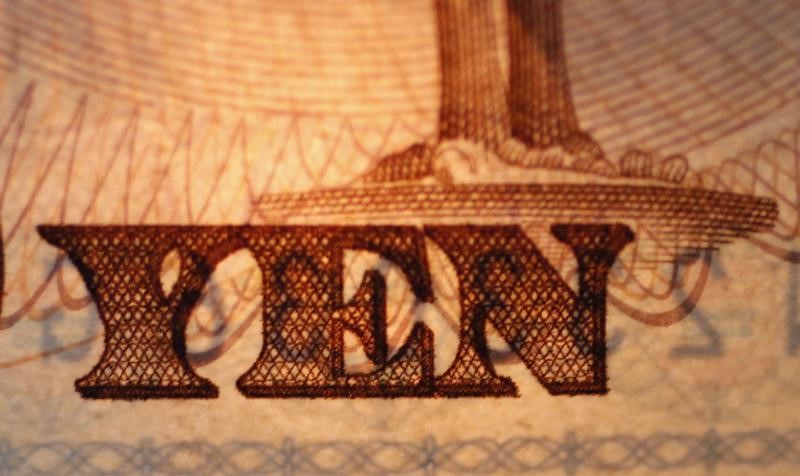Most Asian currencies trickled lower in holiday-thinned trading on Thursday as the dollar recovered marginally from steep losses through April, while the Japanese yen weakened after the Bank of Japan left interest rates unchanged but slashed its growth forecast.
The Australian dollar firmed on stronger-than-expected trade balance for March, although analysts were doubtful that this trade outperformance would continue, especially in the face of steep U.S. tariffs.Â
Most major markets in Asia, including China, were closed for Labor Day holidays, which kept regional trading volumes muted.Â
The dollar firmed despite data showing an unexpected slowdown in the U.S. economy in the first quarter, amid heightened uncertainty over President Donald Trump’s trade and economic agenda. Other data showed U.S. inflation remained sticky.Â
The greenback still remained in sight of a recent three-year low.Â
Japanese yen weakens as BOJ holds rates, slashes growth forecastÂ
The Japanese yen’s USDJPY pair rose 0.5% after the BOJ kept interest rates unchanged, as widely expected.
But BOJ policymakers slashed their forecasts for economic growth and inflation in the current year, citing heightened economic uncertainty stemming from U.S. trade tariffs. Policymakers now expect gross domestic product growth of 0.4% to 0.6% in fiscal 2025, much lower than their prior forecast of 0.9% to 1.1%. They also trimmed their expectations for core consumer price index inflation, citing expectations of a moderation in the Japanese economy.Â
The BOJ’s comments were perceived as largely dovish by markets, sparking increased doubts over just when the central bank planned on increasing interest rates further. Bets on a June or July rate hike are now likely to fall after Thursday’s announcement.Â
This presents some near-term pressure on the yen. But the currency was still sitting on a strong run through April, as it benefited from heightened safe haven demand.Â
Dollar firms amid soft GDP, sticky inflationÂ
The dollar index and dollar index futures rose 0.2% and 0.4%, respectively, in Asian trade on Wednesday.Â
Strength in the greenback came as PCE price index data, which is the Federal Reserve’s preferred inflation gauge- read stronger than expected for the first quarter, although prices were seen moderating in March.Â
But the reading was largely overshadowed by GDP data showing an unexpected decline in growth in the first quarter, as uncertainty over Trump’s policies battered spending.Â
Trump’s top trade official said on Wednesday that trade negotiations with China were yet to take place, heralding little near-term relief for markets from a bitter trade war between the world’s biggest economies.Â
Broader Asian currencies weakened in holiday-thinned trade, although the Australian dollar was an exception. The AUDUSD pair rose 0.2% as data showed Australia’s trade balance grew much more than expected in March, although this was largely attributed to a front-loading in exports before the imposition of increased U.S. trade tariffs.
The Chinese yuan’s offshore USDCNH pair rose 0.1%, while the Singapore dollar’s USDSGD pair added 0.2%.Â


